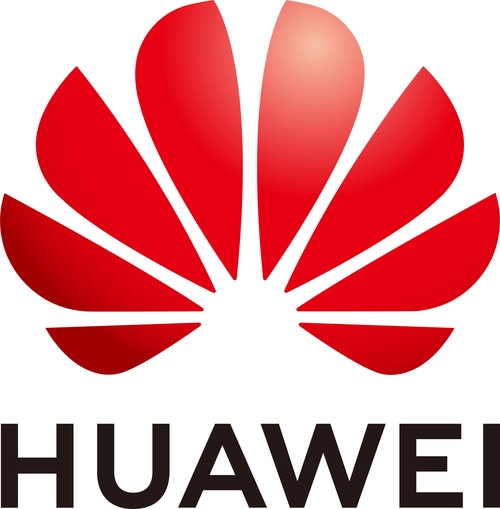Balancing AI and sustainability: Huawei's strategy for green data centers
As AI models like ChatGPT push data centers to their limits, balancing computational demands and ensuring sustainability becomes increasingly tricky. Can Huawei crack the code to these challenges and pave the way for a sustainable future in the AI era? #Sponsored
July 6, 2023

Lead: As AI models like ChatGPT push data centers to their limits, balancing computational demands and ensuring sustainability becomes increasingly tricky. Can Huawei crack the code to these challenges and pave the way for a sustainable future in the AI era?
Global technology giant Huawei introduced its strategy to tackle the mounting challenges data centers face in the AI-driven era while ensuring sustainability in a recent unveiling at the Mobile World Congress (MWC) in Shanghai. The plan, centered around efficient cooling, increased power density, and quick modular construction, aims to ensure its data centers meet consumer demand while upholding green practices.
The relentless growth in data usage, driven mainly by generative AI applications like ChatGPT, combined with mounting demands for sustainability, has accentuated the urgent need for more efficient data centers. Adding to the complexity, advancements in GPUs and other specific chips for these applications have significantly increased power usage and heat production.
Traditional data centers could buckle under increased demand. Designed to cater to established sectors such as online services, banking, and government operations, these centers are now strained under the requirements of AI applications. They must adapt rapidly. Huawei's Intelligent World 2030 research report emphasizes the urgency, anticipating a tenfold increase in general computing by 2030 and a staggering 500-fold rise in intelligent computing.
"Applications like ChatGPT necessitate a surge in computing power at a rapid pace," according to Chi Jiuhong, Huawei's Data Center Chief Expert. "This scale of growth is beyond our original imagination … the rapid explosion in application scale is remarkable."
"When faced with such sudden high demand, we must consider - how will our tech systems, the backbone of all this computing, adapt? The answer is substantial and swift transformations, a challenge we're already confronting," stated Chi.
A central challenge for data centers is dissipating the heat generated by servers. Traditional air-cooling methods are not enough for running AI applications and new chips, which can produce up to two or three times the heat.
Huawei tackles this issue through two approaches. First, they employ liquid cooling. "The efficiency of liquid heat transfer is about 25 times that of wind heat transfer," said Chi. "This method helps us solve the problem of heat dissipation at the hottest point. The remaining heat can be managed by traditional data center cooling methods."
Beyond liquid cooling, Huawei has developed an innovative air-cooling solution called indirect evaporative cooling, which taps into the cooling capacity of air through a heat exchanger. This approach results in reduced power consumption and enhanced energy efficiency.
Increasing power demand presents another hurdle for data centers. As demand increases, data centers' supply and distribution systems must expand substantially. Consequently, space becomes increasingly limited. "When we used 4,000 watts of power, we had four units of space available for every 1 unit of power," explained Chi. "With 60,000 watts of power, data centers now have only 1 unit of space for every two units of power, reducing available production space."
To tackle this challenge, Huawei has created advanced and high-density power modules. They enable it to reduce the physical space required in high-density data center scenarios by approximately 40%. Put simply, these special power modules accommodate much more computing power in a smaller area.
The future of data centers is not just about technical challenges, but also about speed and adaptability. As the demand for AI applications like ChatGPT skyrockets, the construction of data centers must keep pace. However, building traditional data centers is complex and time-consuming, involving various approvals and high costs.
To address this, Huawei envisions a new approach where data centers are built like computers, using standardized and quickly assembled parts. By modularizing the power system, cooling system, cabinet system, and even the building structure itself, Huawei aims to expedite construction, slashing timelines from years to mere months or weeks.
"We have developed standardized modules, even for the building structure," Chi affirmed. "All we need to do first is lay the foundation." This swift, modular construction reduces on-site disturbances and waste, with the company asserting that up to 90% of the materials used are recyclable.
The sheer magnitude of the transformation required is remarkable. The tech titan's foresight in developing solutions for efficient cooling, power density optimization, and modular construction exemplifies the innovative thinking required to keep pace with the relentless demands of the AI era.
Yet, the real litmus test for these strategies is their execution in their operational reality. But done correctly, Huawei's innovations could potentially redefine industry benchmarks.
— Jay Ian Birbeck
This content is sponsored by Huawei.
You May Also Like









